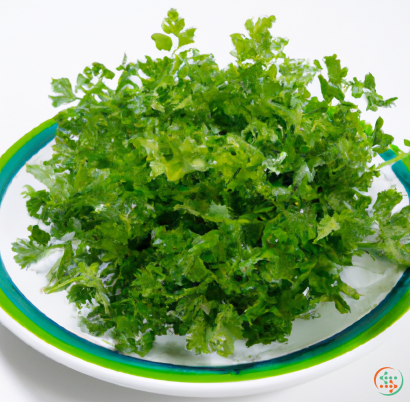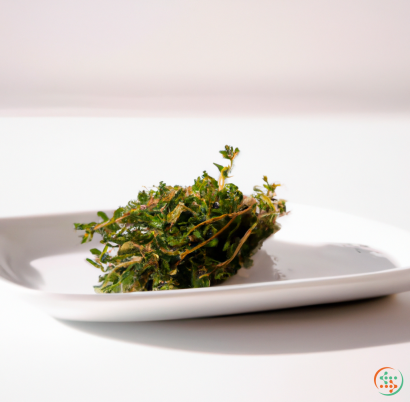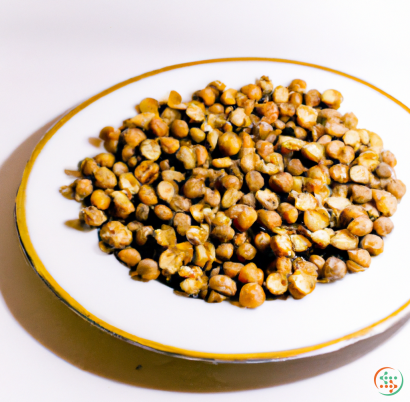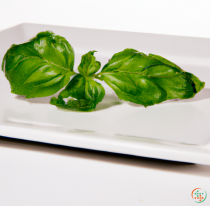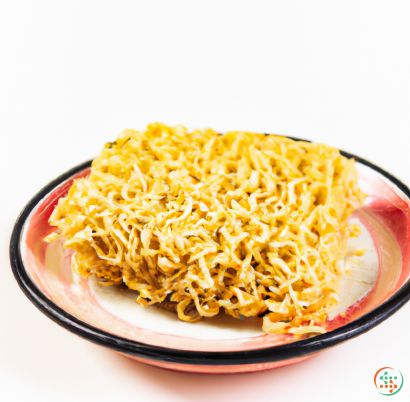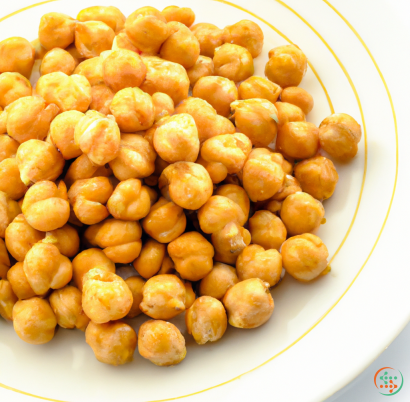Crackers
When you’re talking about snacks, there is one name that often comes up: crackers. But what exactly are crackers? To many, they are nothing more than a crunchy accompaniment to dips, cheese, and other snacks, but to some crackers can be so much more than that.
First of all, you should know that crackers are made from flour, fat, and a leavening agent, such as baking powder or yeast. This creates a dough that is rolled out and cut into various shapes, including little rectangles, circles, or stars. The dough is then baked in an oven, resulting in a light, crispy snack. Crackers come in a variety of shapes and sizes, and can have different flavors, textures, and coatings. Some of the most popular varieties are cheese crackers, oyster crackers, and saltines.
When it comes to crackers, there are numerous benefits to them. For starters, they are low in calories and fat, and they contain complex carbohydrates that provide energy. They also provide dietary fiber, which can help you feel satiated and reduce your risk of constipation. Additionally, crackers contain essential minerals such as iron, calcium, magnesium, phosphorus, potassium, and selenium.
Oftentimes, crackers are served with other snacks, as a way to make them more interesting. Crackers can be spread with toppings or dips such as spiced cheese, peanut butter, or hummus. They can also be used as “chips” when served alongside meals, or as a base for finger foods. Crackers pair well with vegetables, fruits, nuts, spreads, cheeses, and other items, to form the traditional “cracker plate” that is popular in gatherings and events.
Crackers can also be enjoyed as a snack all on their own. There is a wide variety of flavored and shaped crackers on the market, in flavors like ranch, garlic, onion, and cheddar. Smaller snack crackers, such as animal crackers, cheese crackers, and soup crackers, are perfect for enjoying on their own or adding to lunch boxes.
Having a box of crackers in your pantry can come in handy when hunger strikes. But if you are watching your weight, it is important to remember that crackers can contain a lot of calories and fat, depending on the variety. It is best to opt for whole grain crackers that have less fat and fewer calories.
No matter how you choose to enjoy them, there is no denying that crackers are an essential part of snack culture, and it’s easy to see why. Not only are they versatile and delicious, they also pack a nutritious punch. The next time you want a snack, why not reach for the crackers?
Introduction
Do you ever wonder how a cracker winds up on your dinner plate? Crackers are a classic snack food for many, but to give them life, a lot of work has to take place. From the critical wheat-milling process and yeast fermentation to how the dough is cooked and cooled, each step of the process is important for that crunchy texture and perfect flavor. In this blog post, we will explore the journey a cracker takes from its humble beginnings in a mill to its final resting place on a dinner plate.
Milling the Wheat: The Beginning of Cracking
To make crackers, you need to start with quality grain. For most crackers, that grain is wheat. The first step in the process is milling the wheat. The wheat is poured into a hopper at the top of the mill and then passed between sets of steel rollers that crush and grind it. This grinding process separates the individual wheat grains into four components: bran, endosperm, germ, and the pericarp.
The endosperm, which makes up the majority of the wheat’s weight, is the part that’s used to make the flour used in the creation of crackers. To obtain the fine flour needed to make crackers, the milled grains are passed through increasingly smaller sets of rollers. The milled flour is then sifted to remove dust and any small pieces of bran or germ that may remain. After being quality checked, the flour is ready to be used to make crackers.
Mixing and Kneading
Now that the flour is ready, it’s time to mix it with the other ingredients. In most recipes for crackers, the flour is combined with salt, sugar, and other spices, as well as shortening or vegetable oil. The mixture is then kneaded until it forms a cohesive dough.
During the kneading process, the dough begins to develop structure. As it is worked, gluten proteins begin to form and provide a midly elastic structure. This helps the crackers hold their shape despite shrinking as they are rolled, cut, and baked. At this point, water and yeast may also be incorporated into the dough, depending on the recipe.
Fermenting and Proofing the Dough
If the recipe calls for it, the dough will then be allowed to ferment. Fermentation is a process that converts the sugars in the dough into alcohol and carbon dioxide. This creates a softer dough that yields a more aerated cracker when baked.
After fermentation, the dough will usually be shaped, rolled, and then placed into proofing trays. Here, the dough is given a chance to rise and form new flavor compounds through additional fermentation. The proofing process also helps to strengthen the gluten proteins and further develop the structure of the dough.
Cutting and Baking
Once the dough is proofed, it is ready to be cut into the desired shape. This is typically done with a cracker-cutting machine, which stamps the dough with a unique pattern to create the familiar look of crackers. The cut crackers are then transferred to a baking sheet and baked at a high temperature. The heat from the oven causes the dough to puff up slightly, creating tiny pockets of air inside the crunchy cracker.
Cooling and Packaging
Once the crackers are baked, the next step is to cool them. This is an important step in order to preserve the crispness and texture of the finished product. Crackers are typically cooled for a few minutes on trays and then transferred to cooling racks. The longer the crackers are allowed to cool, the crisper they will become.
Once the crackers have cooled, they are then ready to be packaged. Crackers are typically packaged in air-tight packages to preserve their freshness and crunch. In some cases, crackers may also be seasoned with salt or other seasonings before they are packaged.
Conclusion
As one can see, the journey of a cracker from the mill to the dinner plate is a long and intricate one. Through careful milling and formula development, a quality blend of flour and other ingredients is created. The dough is then meticulously handled and carefully changed during fermentation and proofing. Finally, after baking and cooling, the crackers are ready for packaging and consumption.
Through its complex journey, crackers transform from just flour and ingredients into a delicious snack for everyone to enjoy. Whether you’re having a snack or accompanying a meal, crackers are a classic and versatile delight.
| Beta-Carotene | 0.004 mg | |
| Vitamin E | 0.00155 grams | |
| Vitamin K | 0.0142 mg | |
| Vitamin B1 | 0.28 mg | |
| Vitamin B2 | 0.15 mg | |
| Vitamin B3 | 0.00402 grams | |
| Vitamin B4 | 0.0272 grams | |
| Vitamin B5 | 0.58 mg | |
| Vitamin B6 | 0.24 mg | |
| Vitamin B9 | 0.038 mg |
| Calcium | 0.092 grams |
Daily Value 1.3 g
|
| Iron | 0.00264 grams |
Daily Value 0.018 g
|
| Magnesium | 0.072 grams |
Daily Value 0.4 g
|
| Phosphorus | 0.302 grams |
Daily Value 1.25 g
|
| Potassium | 0.283 grams |
Daily Value 4.7 g
|
| Sodium | 0.699 grams |
Daily Value 2.3 g
|
| Zinc | 0.00164 grams |
Daily Value 0.011 g
|
| Copper | 0.27 mg |
Daily Value 0.9 mg
|
| Manganese | 0.00155 grams |
Daily Value 0.0023 g
|
| Selenium | 0.0099 mg |
Daily Value 0.055 mg
|
| Tryptophan | 0.105 grams | |
| Threonine | 0.265 grams | |
| Isoleucine | 0.306 grams | |
| Leucine | 0.586 grams | |
| Lysine | 0.19 grams | |
| Methionine | 0.145 grams | |
| Cystine | 0.185 grams | |
| Phenylalanine | 0.396 grams | |
| Tyrosine | 0.175 grams | |
| Valine | 0.386 grams | |
| Arginine | 0.411 grams | |
| Histidine | 0.19 grams | |
| Alanine | 0.351 grams | |
| Aspartic Acid | 0.486 grams | |
| Glutamic Acid | 2.55 grams | |
| Glycine | 0.361 grams | |
| Proline | 0.832 grams | |
| Serine | 0.391 grams |
| Glucose | 0.79 grams |
|
| Fructose | 0.42 grams |
|
| Sucrose | 11.85 grams |
|
| Maltose | 2.42 grams |
|
| Total Sugars | 0.131141 grams |
per 100g
|
| Caproic acid (6:0) | 0.01 grams |
|
| Caprylic acid (8:0) | 0.06 grams |
|
| Capric acid (10:0) | 0.05 grams |
|
| Lauric acid (12:0) | 0.35 grams |
|
| Myristic acid (14:0) | 0.15 grams |
|
| Palmitic acid (16:0) | 1.81 grams |
|
| Stearic acid (18:0) | 0.66 grams |
|
| Arachidic acid (20:0) | 0.05 grams |
|
| Behenic acid (22:0) | 0.05 grams |
|
| Lignoceric acid (24:0) | 0.02 grams |
|
| Total Saturated fatty acids: | 3.21 g | |
| Oleic acid (18:1) | 3.4 grams |
|
| Palmitoleic acid (16:1) | 0.01 grams |
|
| Gadoleic acid (20:1) | 0.04 grams |
|
| Total Monounsaturated fatty acids: | 3.45 g | |
| Omega-6 Eicosadienoic acid (20:2) | 0.01 grams |
|
| Omega-6 Gamma-linolenic acid (18:3) | 0.03 grams |
|
| Omega-3 Alpha-linolenic acid (18:3) | 0.96 grams |
|
| Linolenic acid (18:3) | 0.99 grams |
|
| Linoleic acid (18:2) | 7.47 grams |
|
| Total Polyunsaturated fatty acids: | 9.46 g | |
| Trans-monoenoic fatty acids | 0.01 grams |
|
| Total Trans fat: | 0.01 g | |

